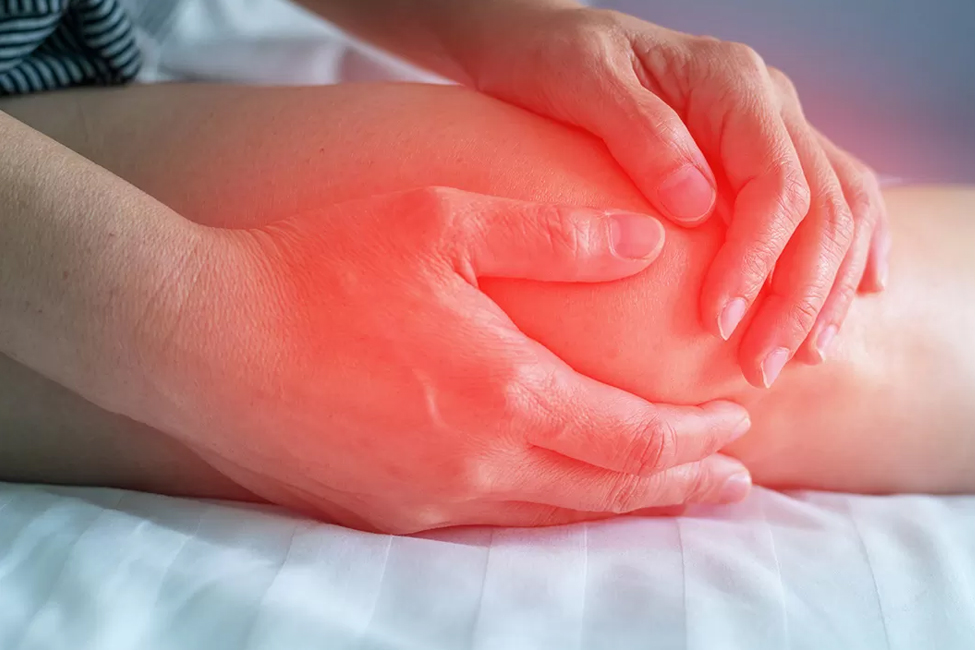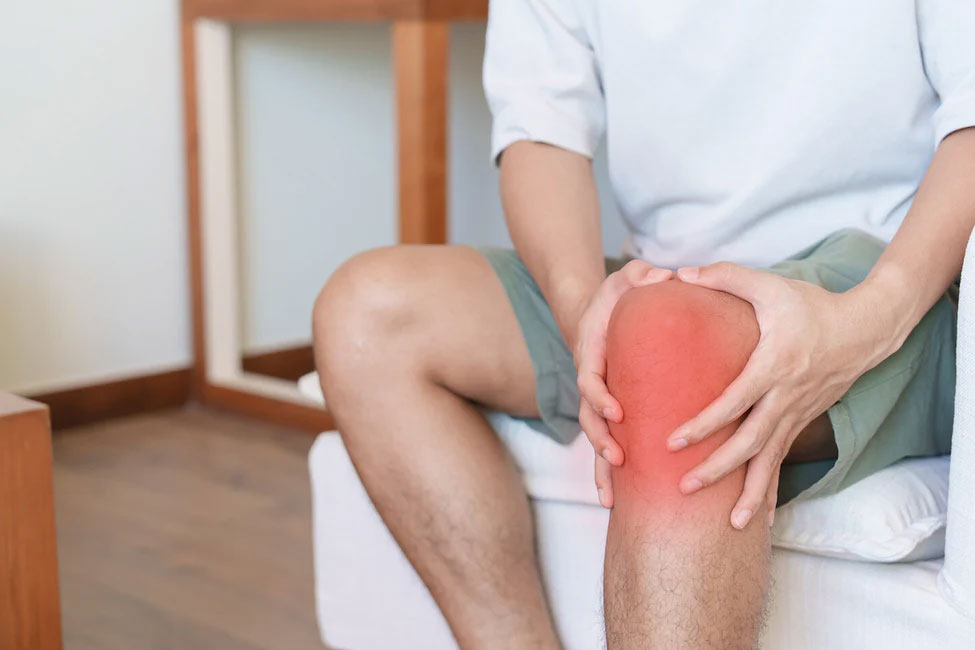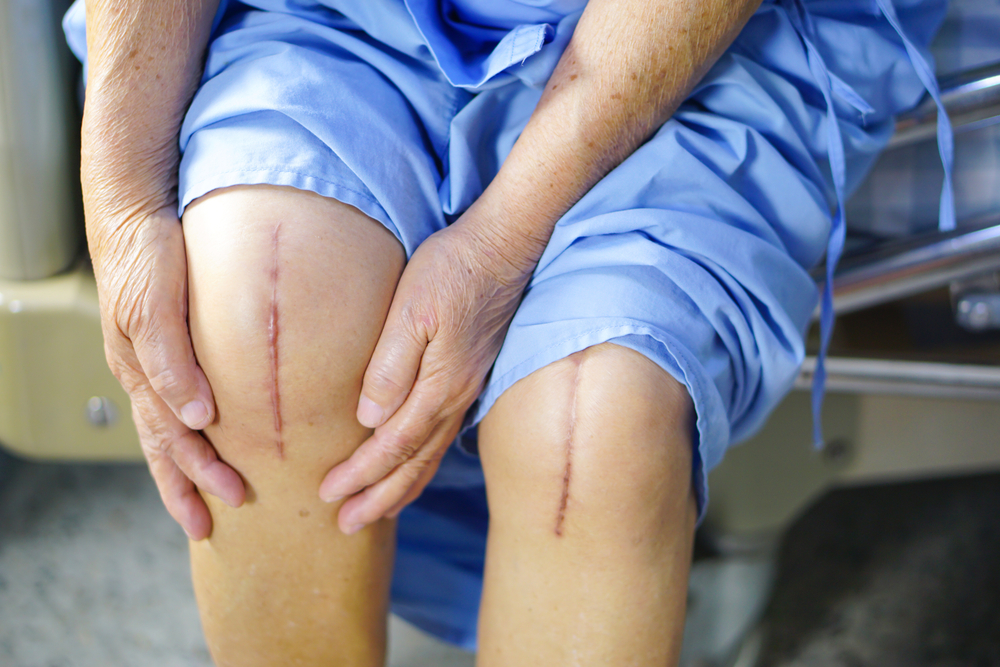Posterior Cruciate Ligament Tear: Causes, Symptoms, Treatment, and Prevention
What is a Posterior Cruciate Ligament Tear?
A posterior cruciate ligament (PCL) tear is similar to a stretchy band inside your knee getting damaged. Your knee has ligaments that stabilise it, and when the PCL tears, it can lead to pain, swelling, and instability. PCL tears usually happen due to sudden force or trauma to the front of the knee.
Type of Posterior Cruciate Ligament Tear
There are typically two types of PCL tears:
- Partial PCL Tear: This is like a small rip in the ligament. The PCL is still partially intact, but not fully, causing some instability and discomfort.
- Complete PCL Tear: It’s like the ligament snapping in two. This means the PCL is entirely torn, leading to significant knee instability and often requiring treatment.
How Common is Posterior Cruciate Ligament Tear?
PCL tears are less common than anterior cruciate ligament (ACL) tears, but they still occur. They’re often seen in high-impact situations, such as car accidents or certain sports, representing a smaller portion of knee injuries than ACL tears. However, PCL tears can happen, and their prevalence varies depending on the population and activities involved.
Causes of Posterior Cruciate Ligament Tear
A posterior cruciate ligament (PCL) tear usually occurs due to sudden and forceful impacts or movements involving the knee. Here are common causes:
- Car Accidents: The knee can be forcefully pushed backwards during a car collision, leading to a PCL tear.
- Falls: Landing directly on the front of your bent knee after a fall can stress and damage the PCL.
- Sports Injuries: High-impact sports, like football and soccer, may cause PCL tears from collisions, tackles, or sudden blows to the front of the knee.
- Missteps: Awkward movements or slips that force the knee backwards can strain or tear the PCL.
- Overextension: Hyperextending the knee, such as when the lower leg moves too backwards, can stretch and damage the PCL.
- Workplace Accidents: In some work-related accidents, a forceful impact on the front of the knee can result in a PCL tear.
Symptoms of Posterior Cruciate Ligament Tear
When you have a posterior cruciate ligament (PCL) tear, your knee might give you signals like these:
- Pain: It’s like a sharp or aching pain in the knee, particularly in the back of the joint.
- Swelling: Your knee may puff up, and you’ll notice increased fullness in the area, especially during the first few hours after the injury.
- Stiffness: Your knee might feel less flexible and not want to move as easily as before.
- Instability: It can feel like your knee is wobbly or unstable, especially when walking or bearing weight.
- Difficulty Walking: Walking may become more challenging due to pain, instability, or stiffness.
- Tenderness: The area around the PCL may become tender to the touch.
- Reduced Range of Motion: You may have trouble bending or straightening your knee completely due to pain or swelling.
Diagnosis of Posterior Cruciate Ligament Tear
When you suspect a posterior cruciate ligament (PCL) tear, an orthopaedic specialist will follow these steps to confirm it:
Medical History
our doctor will ask about the injury, how it happened, and the symptoms you’re experiencing.
Physical Examination
The doctor will examine your knee, checking for signs of swelling, tenderness, and instability. They may perform specific tests to assess the PCL’s function.
Imaging Tests
To get a clear view of your knee’s condition, your doctor may order these tests:
- MRI (Magnetic Resonance Imaging): This provides detailed images of the knee’s soft tissues, including the PCL, to confirm the tear.
- X-rays: Although X-rays don’t show the PCL itself, they can help rule out fractures or other bone-related injuries.
Special Physical Tests
The doctor may perform specific physical tests to assess the PCL’s integrity and knee stability.
Complications of Posterior Cruciate Ligament Tear
A posterior cruciate ligament (PCL) tear can lead to several complications, including:
- Knee Instability: The PCL is a crucial stabiliser of the knee. A torn PCL can result in knee instability, making it challenging to perform daily activities or sports, leading to further injuries.
- Meniscus Tears: PCL tears can cause associated damage to the meniscus, a cushioning structure in the knee, leading to pain, swelling, and further limitations in knee function.
- Chronic Pain: Over time, untreated PCL tears can result in chronic knee pain, particularly during activities or with weather changes.
- Cartilage Damage: Neglected PCL tears can harm the cartilage in the knee joint, potentially causing arthritis and chronic pain.
- Recurrent Injuries: Without proper treatment, the risk of additional knee injuries, such as more PCL tears or ligament strains, increases.
- Reduced Activity Levels: Individuals with PCL tears may become less active due to pain and instability, impacting their overall health and fitness.
Treatment Options for Posterior Cruciate Ligament Tear
When you have a posterior cruciate ligament (PCL) tear, your doctor will discuss these treatment options with you:
Non-Surgical Treatment
- Rest and Rehabilitation: Rest is crucial in the initial phase, followed by physical therapy to strengthen the knee and improve stability. It’s often recommended for partial tears or individuals with a less active lifestyle.
- Bracing: A knee brace can provide support and stability, especially for people who want to avoid surgery or have medical reasons preventing surgery.
Surgical Treatment
- PCL Reconstruction: Surgery involves replacing the torn PCL with a graft, typically from a tendon in your body or a donor, to restore knee stability. This is commonly recommended for active individuals, athletes, or those with severe tears
Rehabilitation
Following surgery, physical therapy and rehabilitation are essential to regain strength, range of motion, and function in the knee.
Pain Management
Medications and other treatments may be used to manage pain and swelling during recovery.
Preventing Posterior Cruciate Ligament Tear
To reduce the risk of a posterior cruciate ligament (PCL) tear, consider these preventative measures:
- Build strong hamstrings and quadriceps for better knee stability.
- Learn and use proper techniques, especially in sports.
- Enhance balance and body awareness through exercises.
- Always warm up before exercise to prepare your body.
- Practice safe landing techniques, especially in jumping activities.
- Wear well-fitting, high-traction shoes to prevent falls.
- Be aware of your surroundings, especially during sports or on the road.
- Consider a PCL knee brace for added protection.
- Join programs designed to reduce PCL injury risk in sports.
Living with Posterior Cruciate Ligament Tear
Living with a PCL tear involves adapting your lifestyle while managing your knee’s health. Here’s how to do it:
- Follow your doctor’s guidance, whether surgery or non-surgical treatment is recommended.
- Do prescribed exercises to regain knee strength and stability.
- Use recommended methods to ease discomfort.
- Modify activities to protect your knee from high impact.
- Consider a knee brace for added knee support during physical activities.
- Focus on strengthening leg muscles for better knee support.
- Improve balance and body awareness with specific exercises.
- Keep appointments with your orthopaedic specialist to track progress.
- Adapt your daily routine to be gentler on your knee.
- Stay positive and seek support from loved ones as you adjust to life with a PCL tear.
Although living with a PCL tear may present challenges, it’s possible to effectively manage and recover from this injury with the right approach, medical guidance, and support. Prioritising your knee’s health and adhering to recommended treatments are crucial for a successful journey.
If you or a loved one are dealing with a PCL tear and are seeking expert care and consultation, we encourage you to request an appointment with The Orthopaedic Practice and Surgery Clinic. Their specialised team can provide tailored treatment and guidance to help you regain mobility and lead a healthier, more active life. Taking proactive steps today can ensure a better, pain-free tomorrow.













